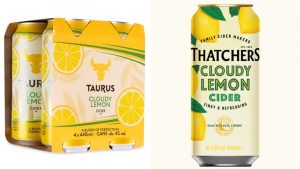How does a busy shopper find the right size purifier for a room they want to clean? The US Centers for Disease Control recommends that one should aim for five air exchanges per hour, in a metric known as the ACH. When looking at an air purifier, look at the cubic feet per minute in airflow at the lowest setting. When measuring the cubic footage of your room, you need the area of the room times the height. Imagine a one-foot cube of styrofoam. How many cubes could you fit into a room?
Anyone shopping for an air purifier also needs to look for two acronyms and terms. First, look for CARB certification, which means that the air purifier passed the rigorous standards of the California Air Resources Board. Next, check the filter type. Below, we break down the differences. Also, don’t forget to unwrap your filter! There’s a special kind of horror that comes with realizing you’ve been running your air purifier with a plastic-wrapped HEPA filter.
HEPA Filters: This is a high-efficiency particulate air filter that can remove at least 99.97 percent of dust, mold, pollen, bacteria, and airborne particles as small as 0.3 microns. It’s a great option for those who suffer from allergies or respiratory issues, since it can help to clear out airborne particles that can trigger symptoms—like sneezing, sore throat, difficulty breathing, coughing, and more. It’s worth noting, however, that HEPA filters don’t remove volatile organic compounds from the air the way activated carbon filters do. But these are typically paired with carbon filters.
Activated Carbon: Activated carbon filters (also known as activated charcoal) are highly effective because they are very porous and have a large surface area—allowing the filters to absorb gas pollutants, odors, and VOCs. They’re best for removing fumes, smoke, and chemicals from the air. But these filters have to be replaced more often depending on the environment. For example, if there’s a wildfire in your area and the air purifier is working more intensely than usual, it’s important to replace a saturated filter to avoid toxic gases from being released back into the air.
Washable Air Filters: A few of the air purifiers we’ve listed in this guide come with washable prefilters in addition to a HEPA and/or activated carbon filter—which is what you’ll typically find. These are the most cost-effective since you don’t have to buy new ones each time you need to replace a filter. Simply remove it, scrub it with soap and water, and let it dry.
UV-C Sanitizer Filters: Ultraviolet filters use UV light to kill viruses, parasites, mold spores, and bacteria. They can’t remove airborne particles, VOCs, or gas pollutants, so they’re only fully effective when combined with a HEPA filter. According to the United States Environmental Protection Agency, UV lights without proper lamp coatings have the potential to emit ozone. We recommend checking this list from the Association of Home Appliance Manufacturers for air purifiers that have been shown to emit little to no ozone.


























+ There are no comments
Add yours